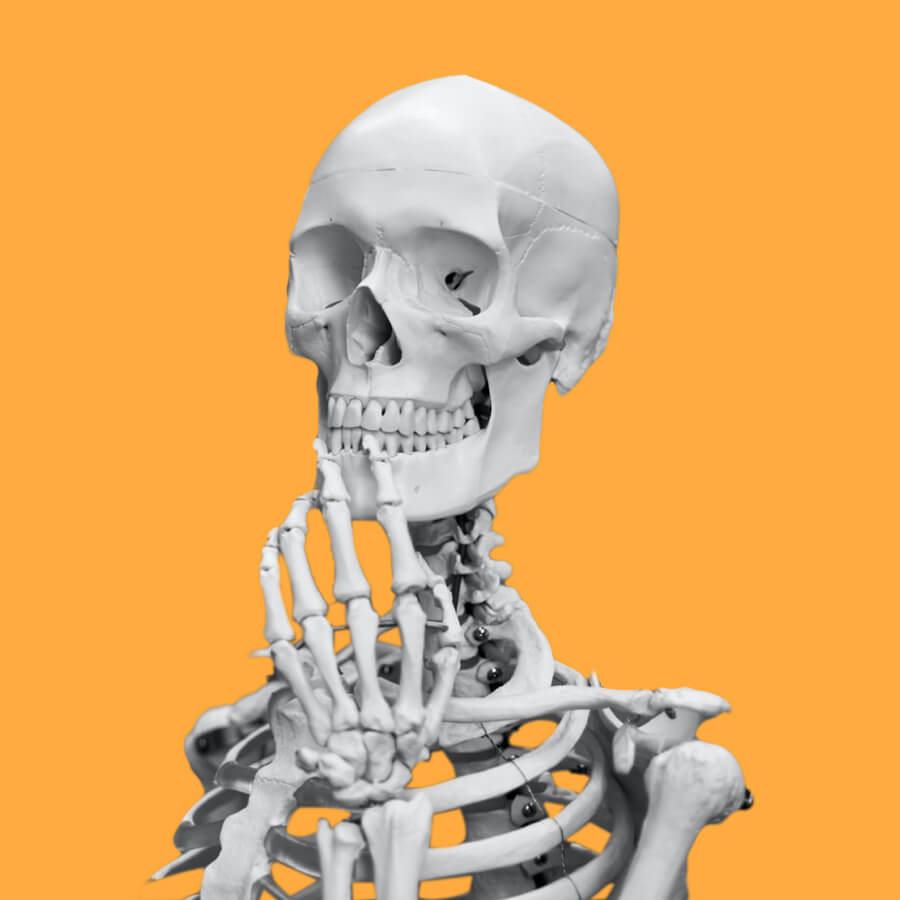Megan Woolley
PhD Candidate
Palaeobiology Lab, University of Cape Town

Biography
I'm Megan, a Ph.D. student at UCT. I've always been fascinated by marine predators, driving my passion for marine biology. Prof. Chinsamy-Turan ignited my interest in palaeontology during my undergraduate studies. As a postgrad, I merged these passions, studying hard tissue histology in diverse extant and extinct marine vertebrates. My honors focused on bone pathologies in phocid seals, while my Masters explored SA mosasaurs. Now, in my Ph.D., I utilise histological and isotope analyses to study modern and fossil whales, my ultimate research subjects! This study aims to uncover age, migration patterns, and feeding ecology, contributing to cetacean research and filling knowledge gaps.
Disciplines
Palaeontology, Palaeobiology, Marine biology, Marine ecology, Bone histology, Calcium Isotopes, Cetaceans
Fields of study
Modern and fossil baleen whales (mysticetes) from Southern Africa (SA) are examined using a combination of micro-tomography (micro-CT), histology and calcium isotope analysis of tympanic bullae (ear bones), and carbon and nitrogen isotope analysis of baleen, to provide information about their age, life history traits, migratory habits, and feeding ecology. The pygmy right whale is of particular interest, as there are several gaps in our understanding of this species. The fossil whale sample consists of fragmentary tympanic bullae (TB) from Langebaanweg (LBW), Mio-Pliocene (5Ma) fossil locality on the southwest coast of SA. Micro-CT and histological examination of the modern and fossil TB from different ontogenetic stages will provide information about age, as these bones record annually deposited growth lines, life history patterns, and bone development through ontogeny. Carbon and nitrogen isotope analysis of the pygmy right whale baleen will provide specific information about this species’ diet and migratory patterns. Calcium isotope (δ44Ca) analysis from the modern and fossil TB will provide the first thorough assessment of δ44Ca values for modern mysticetes with approximately known diets; offer insights into the palaeotrophic structure and palaeodiets of the fossil mysticetes and provide the first calcium isotope analysis of fossils from LBW.
